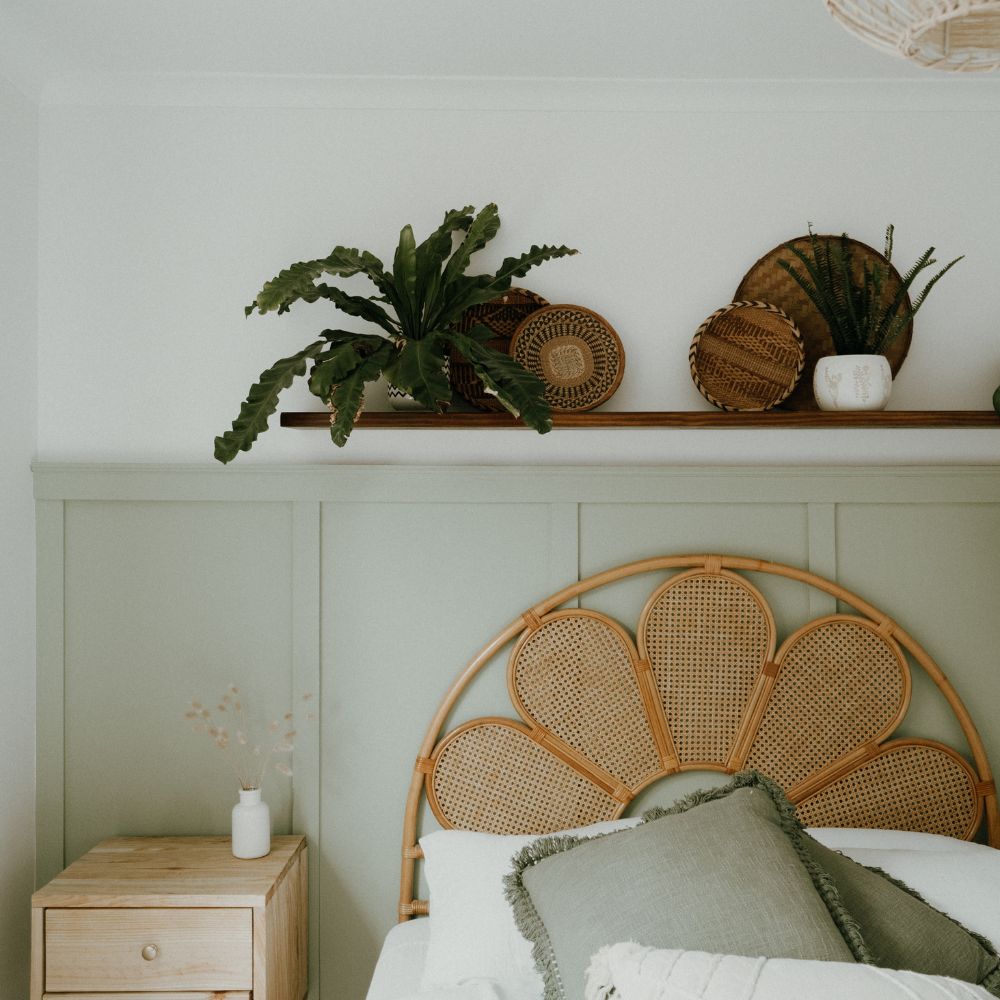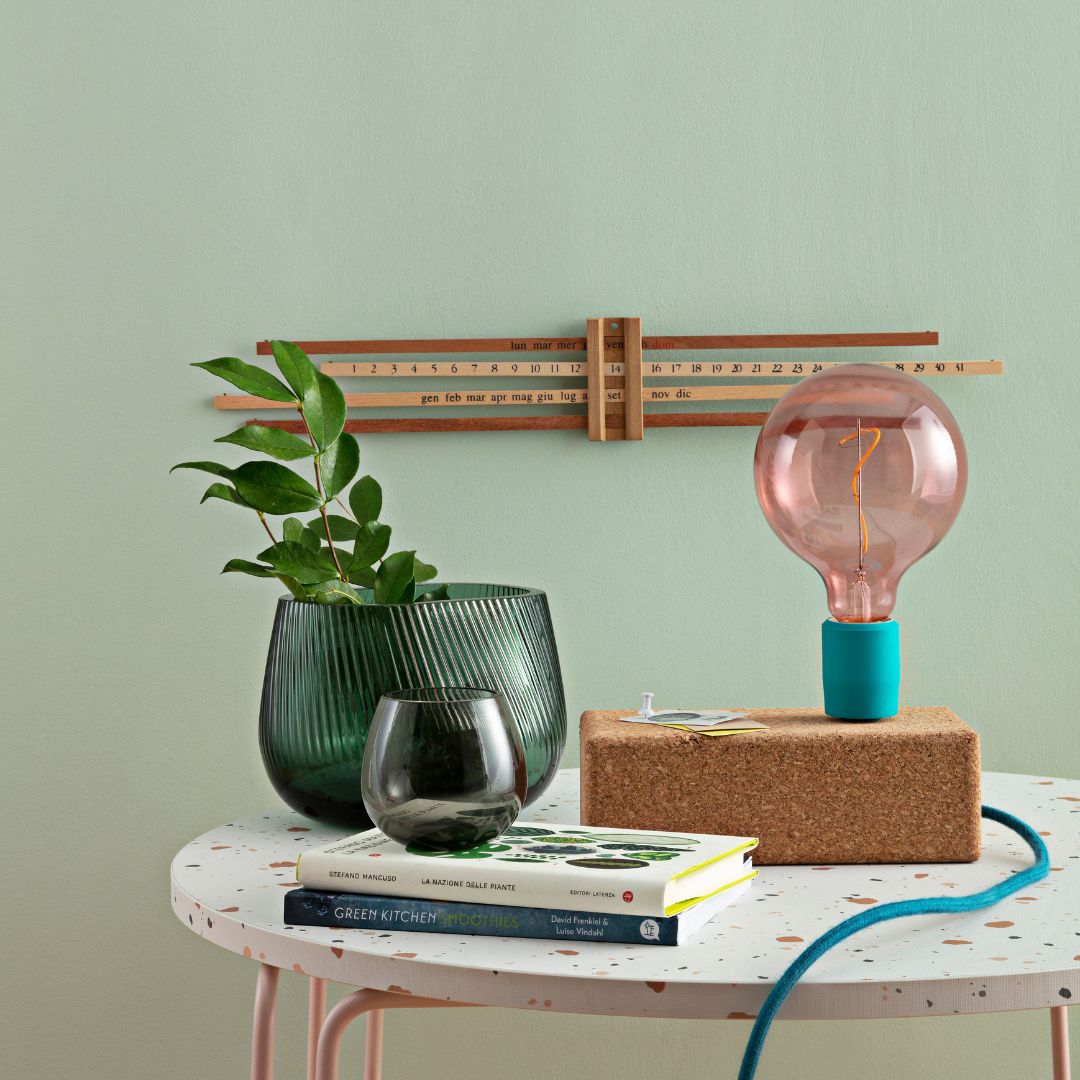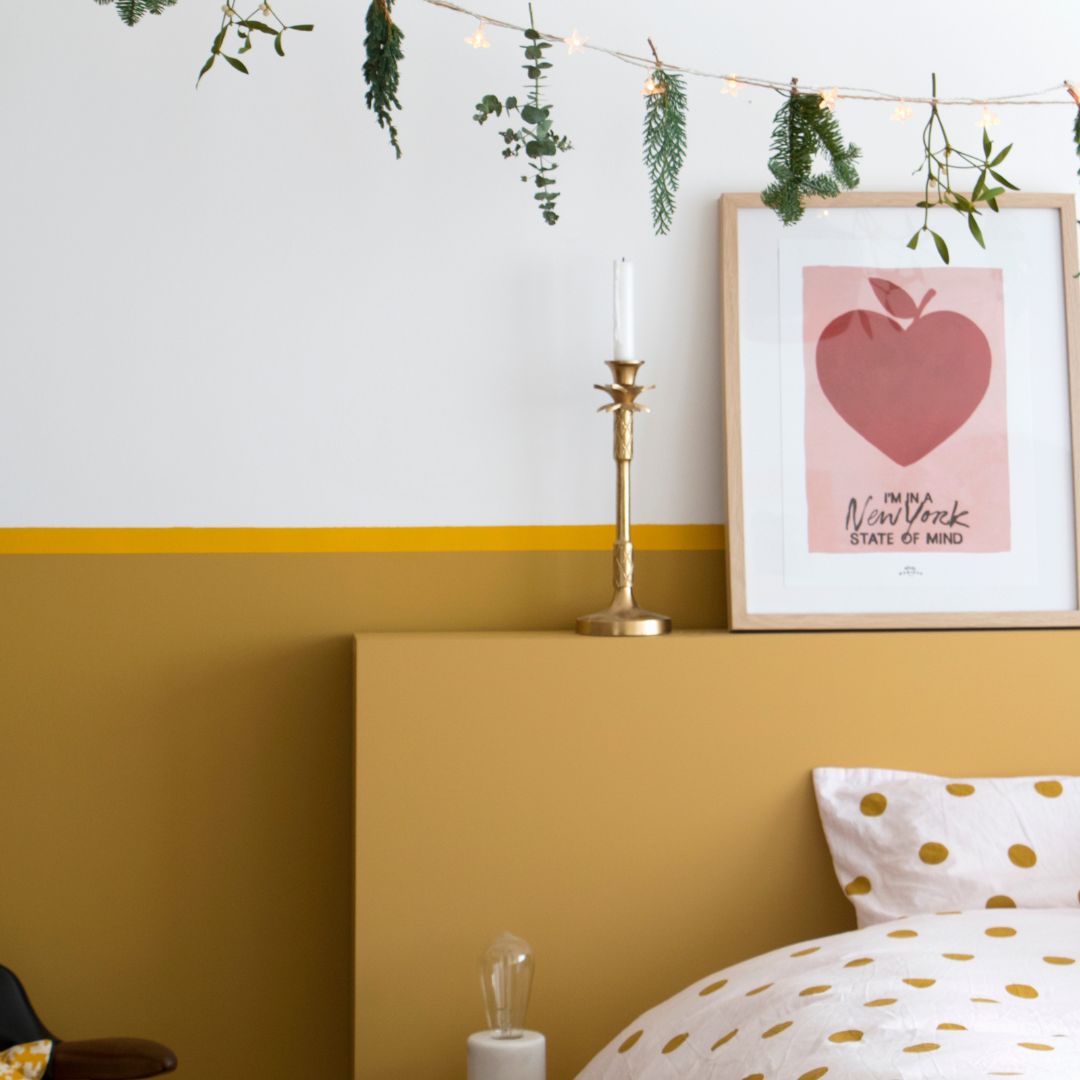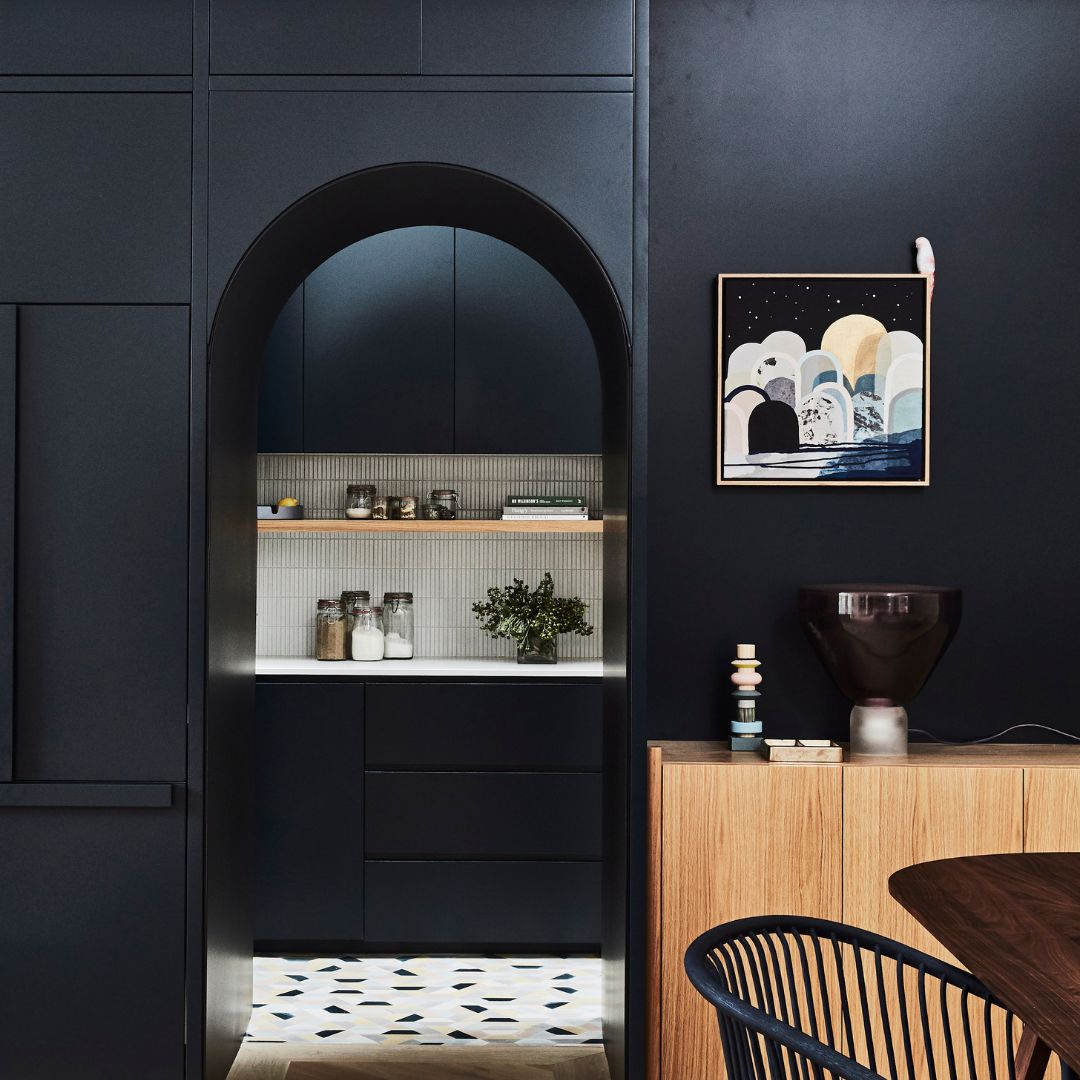The evocation of the ecological cause is no longer taboo: awareness around the subject affects all areas and is now part of our daily lives.
When it comes to painting, the profession is increasingly tending to offer more environmentally responsible alternatives - which is not easy given that paint is a product that is primarily made up of elements and raw materials derived from petrochemicals and is therefore potentially harmful.
Ecological and bio-sourced paints have therefore made it possible to considerably change the composition of paints available on the market for all finishes and colours, and more particularly white paints, which represent a very large majority of paints sold.
Choosing an eco-friendly paint for your work means opting for a natural alternative that protects the health of the occupants of the house and the environment without compromising on the quality of the paint.
Why choose white paint for your interior?
Before explaining the many advantages of using white paint in your home for your work: you should know that white is by far the most popular paint, proof that it has many advantages for all rooms in the house, including wet rooms . For those who want a warm and sustainable alternative, an ecological terracotta paint offers a natural and environmentally friendly shade, perfect for creating a welcoming atmosphere.
The brightest color in the color chart
White is the assurance of choosing a bright shade for your interior, whatever the type of room in which you wish to apply it.
It will reflect and diffuse light brightly, which is important in rooms with little natural light, or if the room is narrow.
White has the ability to visually enlarge a space and, once again, it has the merit of being useful in small, narrow rooms.
It is rightly believed that colors play a role in our emotions and moods: as for white, it confers a certain tranquility and sobriety.
White is very easy to match
Note that white is also very popular for its ability to be combined with many (if not all) colors in the color chart.
In total look or in color harmony, it will always be useful and will always be suitable whatever the existing decoration and the furniture making up the interior: light wood, raw metals or simply dark wood, white will be your ally.
Why choose eco-friendly white paint?
Much less VOCs
We may not be telling you this, but due to a composition that is mainly based on the use of raw materials from petrochemicals with solvents, paint can be harmful to health and the environment (at least as far as conventional paints are concerned).
These components can therefore pose problems: volatile organic compounds in particular (more commonly called VOCs).
VOCs are chemicals that can have health impacts, including irritation of the eyes, nose, and throat.
Bio-sourced ecological paints are quite simply a real alternative to these conventional paints with a VOC rate which is significantly reduced, which significantly reduces indoor air pollution and at the same time health risks.
Which makes it a paint of choice for your work.
The use of natural raw materials
The use of natural and sometimes even local resources, depending on the brands of ecological paints, is a definite difference with traditional paints, which, even if they are water-based, are still mainly made from chemical elements.
This is therefore a very good point for the preservation of the environment: the manufacture of ecological paints requires less energy and therefore releases fewer pollutants.
Also in use, with fewer VOCs, eco-friendly paints have a significantly reduced carbon footprint during their life cycle.
Quality paints
Durability and paint quality should not be secondary criteria when choosing an ecological white bio-sourced paint .
Advances in research and development now make it possible to offer users paints that are at least as high-performing in terms of quality as conventional paints.
Algo paints, for example, are known for having a higher yield than conventional paints with a yield of 12m²/l per layer applied, making them one of the best performing paints on the market.
How to choose an eco-friendly white paint?
As in many areas, the paint industry can also be subject to greenwashing, which is why we recommend being careful about the choice of eco-friendly white paint you apply to your walls. Beyond the price, the A+ standard isn't restrictive enough, and many commercially available paints have VOC levels below 1g/L.
Composition: the first clue
Packaging can be confusing, but the composition is a first element of the answer.
Many paints recognized as “ecological” only have the resin which is vegetable: and it is important to take into account that the resin represents only 20% of the composition of a paint.
The origin of raw materials must also be taken into account: elements may be natural but sourced thousands of kilometers from the place of production.
The eco-friendly paint label
Not all paints are labeled, which clearly makes this a differentiating element.
Among the most well-known labels, we can notably cite the European ecolabel as well as the NF Environment.
The certification of a paint brand via a label gives credibility to the paint brand's approach, which is important when choosing your ecological white paint.







